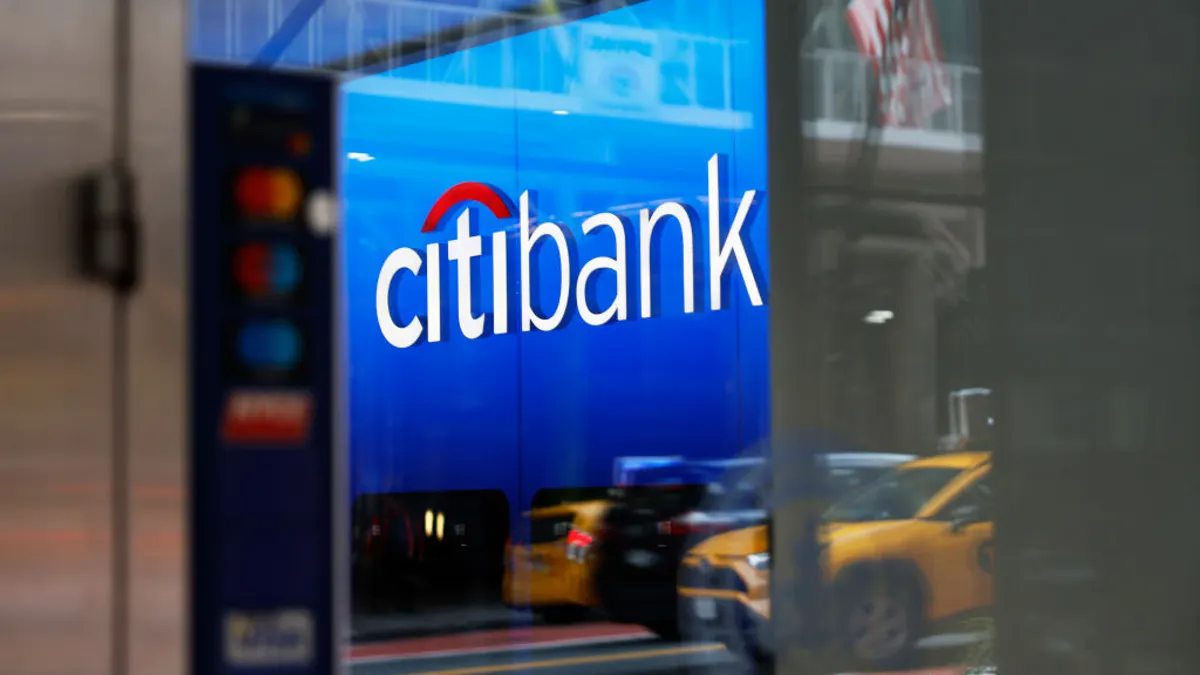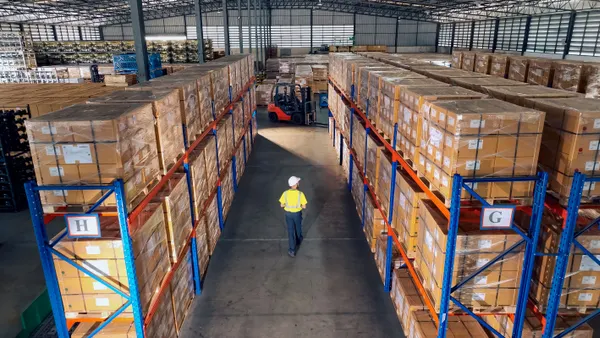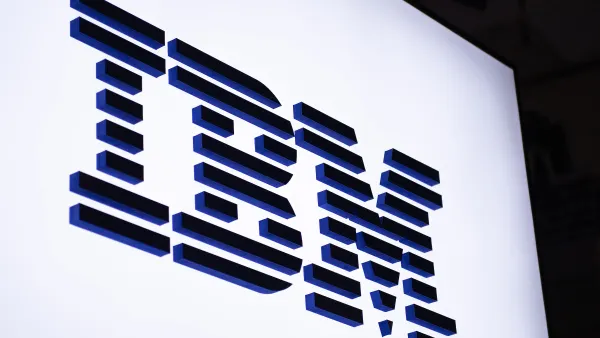Dive Brief:
-
To save both time and money for student transportation Boston Public Schools is testing an algorithm designed to improve the efficiency of its bus routes, according to The Wall Street Journal.
-
The algorithm was created by Dimitris Bertsimas, co-director of MIT’s Operations Research Center, and doctoral students Arthur Delarue and Sebastien Martin as part of a contest to find a more efficient way to transport about 30,000 Boston public-school students each day. The algorithm replaces a manual system that normally takes transportation staff weeks to assemble.
-
If it works, the plan would eliminate about 75 bus routes and could save the school district $5 million per year, according to the report. It could also eliminate the need for some bus drivers' jobs.
Dive Insight:
People have struggled to find the fastest, most efficient driving routes for eons, but it’s not an easy problem to solve. In this case, the algorithm had to account for data from multiple routes, traffic, different size buses and different school start times. It's the kind of complex problem made for advanced technology, Big Data and MIT students.
Many refer to data as the new oil and there is much talk about how to apply Big Data insights to the enterprise. Banks, healthcare organizations and sports team are just a few of the types of organizations enjoying the benefits of a data-oriented strategy to solve complex problems and improve efficiencies.
The downside of those improved efficiencies? Job losses. Worker displacement is a growing concern as more companies look to technology to help automate and streamline processes. How deep those cuts might be is difficult to project. A recent report from McKinsey predicted that replacing workers altogether could only work in less than 5% of occupations. But Marc Benioff, CEO of Salesforce, predicts the losses could affect "tens of millions" of workers.













